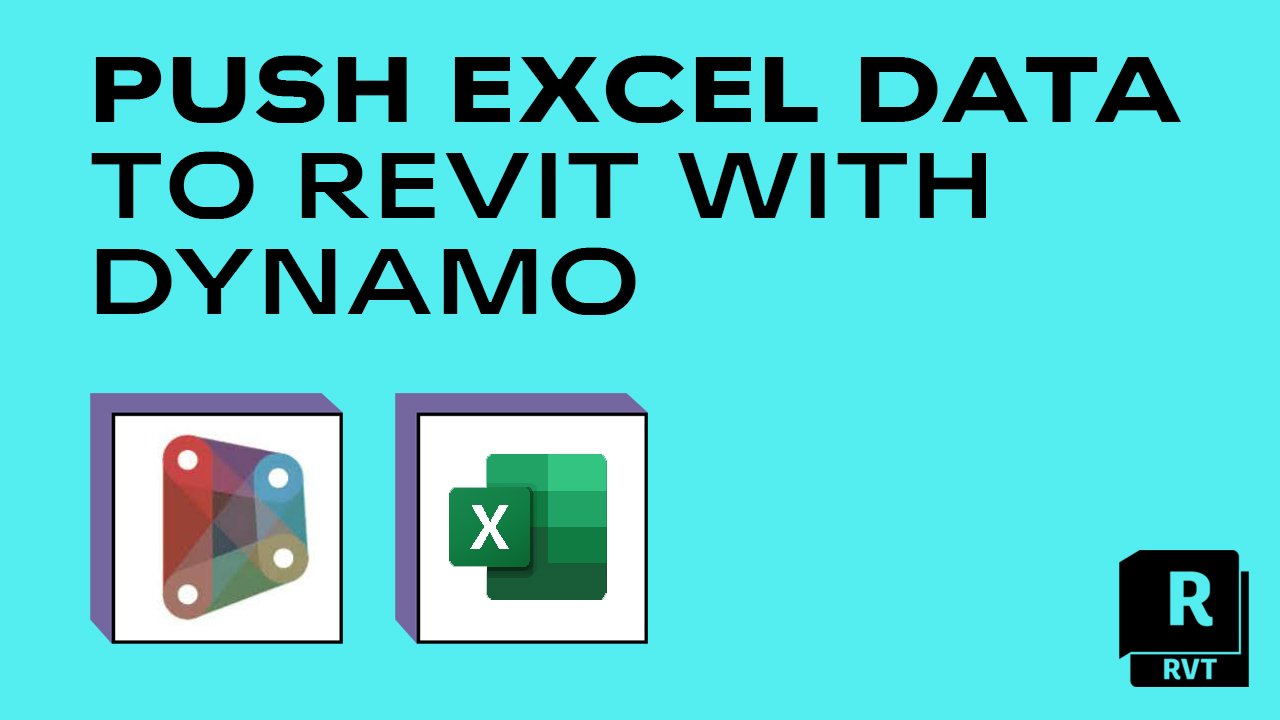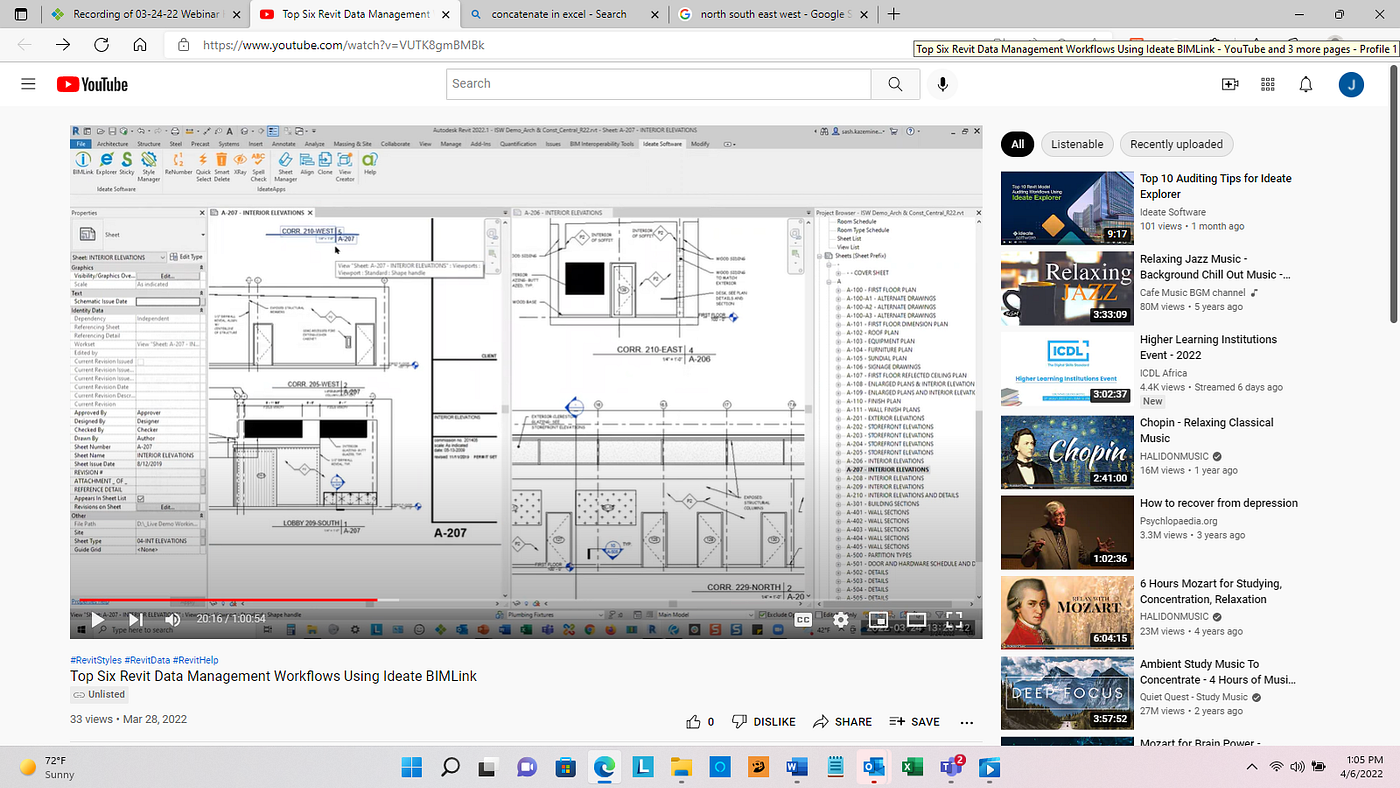Revit Plugins for Unleashing Your Design Prospective
Wiki Article
Excel Empowerment: Supercharge Your Revit Projects With Seamless Data Import
With smooth information import, Excel empowerment can be the trick to unlocking your task's full capacity. Think of simplifying the import process and optimizing performance via seamless information combination. In this article, we will share pointers and techniques for using Excel in your Revit projects.The Power of Master Revit Projects
You can supercharge your Revit projects by using the power of Excel for seamless information import. Excel is a versatile device that can substantially boost your workflow and efficiency in Revit (revit tool). With Excel, you can conveniently import and take care of huge amounts of information, saving you time and effortAmong the crucial benefits of using Master Revit is its capacity to deal with intricate computations and solutions. You can use Excel to do estimations on your information, such as creating quantities, calculating costs, or analyzing efficiency. This can be specifically beneficial when collaborating with big jobs that require extensive estimations.

Additionally, Excel supplies a acquainted and user-friendly interface for working with information. You can organize and manipulate your information in a spreadsheet style, making it easy to check out and edit. When collaborating with others or when you require to make fast adjustments to your task data., this can be particularly useful.
Moreover, Excel permits you to quickly import and export information in between Revit and various other software applications. You can import information from outside sources right into Revit, such as material requirements or devices routines, and export data from Revit to Excel for further analysis or reporting.
Streamlining Information Import With Excel in Revit
Enhancing information import in Revit ends up being easier when making use of Excel as a tool. With Excel, you have the power to perfectly import and manage big quantities of data in your Revit jobs. By using the familiar user interface and capability of Excel, you can conserve time and rise performance in your process.One of the crucial benefits of making use of Excel for information import in Revit is the capacity to quickly organize and adjust data prior to importing it into your project. With Excel's powerful features, such as arranging, filtering system, and formulas, you can swiftly tidy up and format your information to fulfill the requirements of your Revit job.
Moreover, Excel allows you to import information from different sources, such as databases, spreadsheets, and even web-based applications. This adaptability gives you the liberty to gather information from different platforms and combine it right into one central area for very easy gain access to and monitoring.
In addition, Excel offers the option to produce custom-made themes for data import in Revit. By creating themes customized to your task's particular requirements, you can make certain consistency and precision in your information import process.
Total, utilizing Excel as a tool for information import in Revit enhances the process and improves your productivity. Why not take benefit of this effective tool and supercharge your Revit projects with seamless information import making use of Excel?
Making Best Use Of Effectiveness With Seamless Information Integration
linked here Make best use of efficiency by flawlessly incorporating and taking care of data in your process. Gone are the days of manually inputting information right into your system, wasting priceless time and sources. With smooth information integration, you can enhance your processes and supercharge your performance.
Taking care of information ends up being a breeze when you have a seamless assimilation system in position. You can easily arrange and categorize your information, making it easier to recover and analyze. Claim bye-bye to the days of exploring unlimited spreadsheets for that piece of info you require.

Excel Advice for Revit Projects
Additionally, you can utilize Excel to develop custom templates for information import and export. This method, you can make sure consistency and precision when moving data between Revit and Excel. Generally, understanding these Excel suggestions and techniques will greatly boost your capability to take care of and manipulate information in your Revit jobs.Taking Advantage Of the Excel-Revit Link for Success
To make the many of your Excel-Revit link, capitalize on the capacity to easily integrate and move project info. By utilizing this effective connection, you can supercharge your Revit tasks and streamline your operations. With just a few basic steps, you can import information from Excel directly right into Revit, saving you time and making certain accuracy.Among the essential advantages of the Excel-Revit connection is the ability to transfer data effortlessly. Whether you are importing timetables, room data, and even geometry info, Excel gives a straightforward interface that allows you to organize and manipulate your information prior to importing it right into this link Revit. This indicates you can quickly update and modify your project information in Excel, and with a few clicks, move those changes directly into your Revit model.
Along with moving information, the Excel-Revit link also permits for synchronization. This suggests that any type of modifications made in Excel can be immediately updated in Revit, making certain that your task information is always as much as date. This synchronization attribute is specifically valuable when handling complex and large jobs, as it removes the requirement for that site hand-operated information entrance and reduces the risk of mistakes.
Conclusion
By streamlining data import and maximizing performance through seamless data combination, you can supercharge your projects and accomplish success. Don't wait any type of longer, begin taking advantage of the power of Excel in your Revit tasks today and unlock a world of possibilities.You can supercharge your Revit tasks by utilizing the power of Excel for smooth data import. With Excel, you have the power to effortlessly import and handle big amounts of information in your Revit projects (revit tools). In general, grasping these Excel ideas and methods will considerably boost your ability to manage and control information in your Revit projects
Whether you are importing timetables, room information, or also geometry details, Excel gives a straightforward user interface that allows you to arrange and manipulate your information before importing it into Revit. By streamlining data import and maximizing efficiency through smooth data assimilation, you can supercharge your tasks and attain success.
Report this wiki page